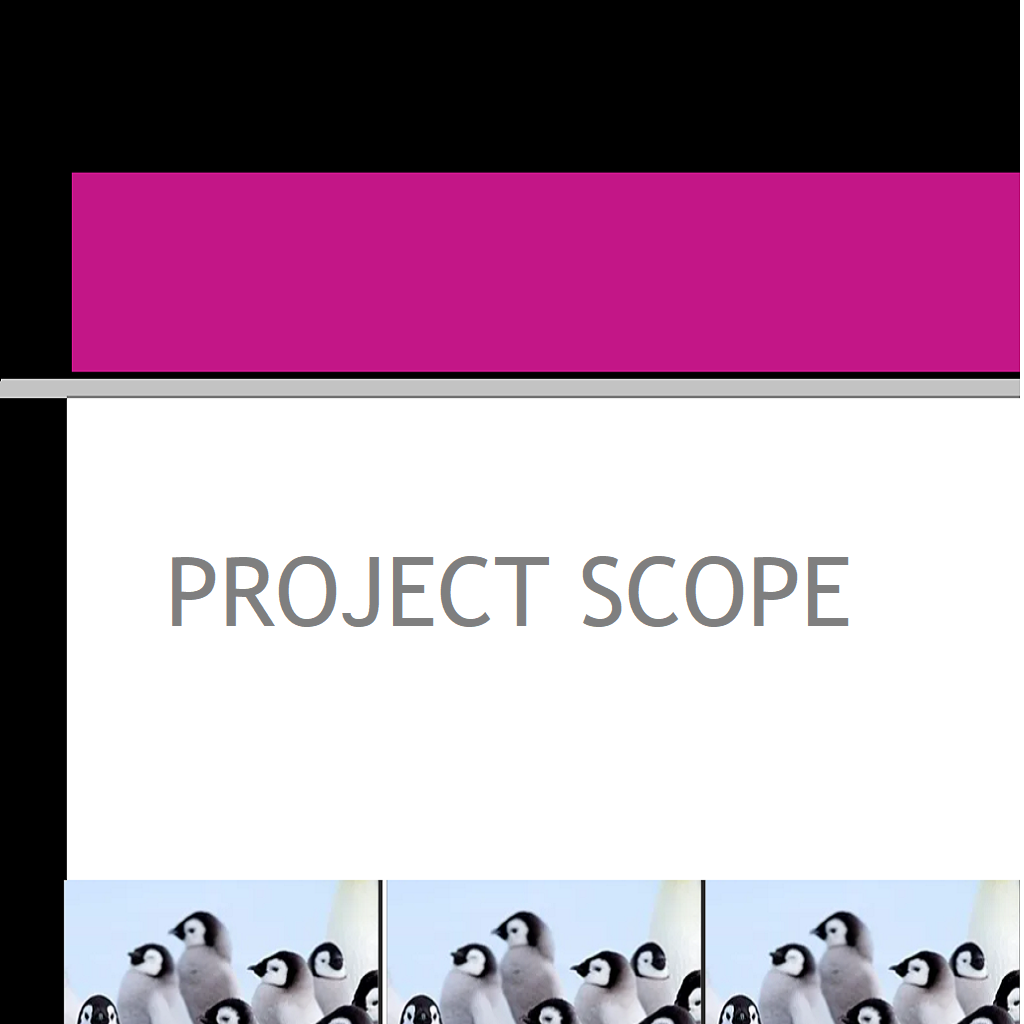A Comprehensive Guide
Agile software development is simply phenomenal, the term “Epic” holds a unique significance. While Agile focuses on iterative and incremental progress, epics serve as large-scale, high-level user stories that help teams manage and break down complex features or initiatives. Often considered too broad to fit into a single sprint, epics are used to represent substantial pieces of work that need to be divided into smaller, more manageable tasks. These smaller tasks are called user stories and contribute to delivering a product that meets customer expectations.
The importance of epics in Agile goes beyond mere task management. In fact, epics provide a strategic overview of a project, offering valuable insight into its overall direction. By organizing and breaking down large initiatives into actionable stories, teams can prioritize effectively and remain adaptable to changes throughout the project lifecycle. The use of epics aligns with Agile’s core principles of flexibility, collaboration, and customer-focused development.
In most Agile frameworks, such as Scrum or Kanban, epics are a critical part of backlog management. They represent business requirements that must be broken down into deliverable parts that can be tackled by the team. This makes epics a critical tool for product owners, developers, and stakeholders, as they align long-term objectives with short-term goals.
This article will dive deep into understanding epics in Agile software development. We’ll discuss what an epic is, how it fits into Agile methodologies like Scrum and Kanban, and why it’s essential for software teams. We will also explore the process of creating epics, managing them within the project lifecycle, and breaking them down into actionable user stories. By the end of this article, you’ll have a comprehensive understanding of how epics are used to organize work, maintain project direction, and ultimately deliver high-quality software.
Epic in Agile Software Development
An epic in Agile software development is a large body of work that can be broken down into smaller, actionable tasks, typically user stories. Epics usually represent substantial features, product requirements, or overarching business objectives. They are too extensive to be completed within a single sprint and require multiple iterations for completion.
In Agile, epics help manage large or complex features that are difficult to track and deliver in one go. Think of an epic as a high-level description of a project or product functionality. For example, in a web application, an epic might be “User Authentication System.” This epic could be broken down into smaller user stories such as “Implement login functionality,” “Create a forgot password feature,” and “Set up two-factor authentication.”
An epic is not a fixed entity; it evolves as the project progresses. In Agile, flexibility is key, and as more information becomes available or customer needs shift, epics can be modified, reprioritized, or split into new epics or smaller stories.
Epics Are Important in Agile
Epics play a crucial role in Agile for several reasons. They help teams stay focused on delivering business value while managing complex work efficiently. Here’s why they are important:
- Managing Large-Scale Features: Complex features often require several sprints to be completed. Instead of having multiple, disconnected stories, epics allow teams to bundle related stories under one umbrella, providing a clear focus on a larger goal.
- Project Alignment with Business Goals: Epics offer a strategic viewpoint. By aligning multiple stories with an overarching business goal, epics ensure that teams are moving towards delivering real value, not just working on individual tasks.
- Iterative Development: Epics allow teams to stay adaptable while delivering value in increments. As customer feedback is received, the epic can evolve, but the broader goal remains intact.

How Epics Fit into Agile Methodologies (Scrum and Kanban)
Epics in Scrum
In Scrum, epics are often housed within the product backlog. The product owner works to prioritize epics according to business needs. Epics are then broken down into smaller stories that can be completed within individual sprints.
Backlog Management: The backlog contains user stories and epics that need to be worked on. Epics provide a roadmap for the product, and their decomposition into smaller stories ensures that teams can deliver incremental value in each sprint.
Breaking Down into Sprints: Since epics are too large for a single sprint, they are broken down into user stories that can be completed within the sprint. Teams prioritize the stories within an epic based on current business needs.
Epics in Kanban
In Kanban, the focus is on continuous delivery, and work items flow through the system as needed. Epics are treated as large work items that progress across the board.
Continuous Delivery and Flow: Unlike Scrum, where sprints have fixed time frames, Kanban is more fluid. Epics move across the board as work progresses, with no set sprint boundaries. Prioritization happens in real-time, making epics crucial for maintaining direction while staying adaptable.
Work-in-Progress Management: With Kanban, limiting work-in-progress is key. By breaking epics into smaller stories, teams can focus on delivering value without overwhelming the system.
Creating an Epic in Agile
Creating an epic requires careful thought and planning. Here are the key steps:
- Identifying the Need for an Epic: Before an epic is created, there should be a clear business requirement or a feature that is too complex to be handled as a single user story.
- Writing a High-Level Description and Goals: The epic should include a concise, high-level description of what it aims to achieve. Clear goals should be set, outlining the business or customer needs it addresses.
- Defining Acceptance Criteria and Success Metrics: For an epic to be actionable, it must have clearly defined acceptance criteria and metrics for success. This allows the team to understand when the epic is complete and whether it has delivered the expected value.
Breaking Down Epics into User Stories
Breaking down epics into manageable stories is a critical part of the Agile process.
- Importance of Decomposing Epics: Large epics can be overwhelming if not broken down. Decomposing them allows teams to focus on smaller, deliverable units of work while still working toward the larger goal.
- Techniques for Breaking Down Epics: A popular method is to break down an epic by user roles, functionalities, or by delivering slices of value (e.g., implementing a basic version of a feature first, then iterating with more complex functionality).
- Managing Dependencies: As epics are broken down into stories, it’s important to track dependencies between stories to ensure that they are completed in the right order.
Managing and Tracking Epics
Once an epic is created, managing and tracking its progress is essential for project success.
- Using Tools for Epic Management: Tools like Jira, Trello, and Asana are commonly used to manage epics. They allow teams to track stories, monitor progress, and visualize the flow of work.
- Monitoring Progress: Regular check-ins and sprint reviews ensure that the epic is on track and allows for course corrections as needed.
- Reporting and Communication Strategies: Clear communication with stakeholders about the progress of epics is vital. Regular updates ensure alignment and prevent miscommunication.
Common Pitfalls and Challenges in Managing Epics
Despite their benefits, managing epics comes with its own set of challenges:
- Scope Creep: One common issue is scope creep, where the epic expands beyond its original scope, leading to delays and misalignment with business goals.
- Over-complicating Epics: Sometimes teams over-complicate epics, turning them into lengthy, hard-to-manage entities. Keeping epics focused and clear is crucial.
- Lack of Alignment: If epics are not aligned with business goals, teams might end up working on features that don’t deliver meaningful value.

Best Practices for Handling Epics
To manage epics effectively, certain best practices can be followed:
- Clear Documentation: Proper documentation of the epic’s goals, scope, and success metrics ensures everyone is on the same page.
- Regular Refinement: Just like user stories, epics should be regularly refined to ensure they remain relevant and aligned with project goals.
- Collaboration Between Teams: Since epics often span multiple teams, fostering collaboration and communication is vital for their successful delivery.
Real-world Examples of Epic
These examples demonstrate how epics are used in various domains of software development to manage complex, high-level features that are broken down into smaller, actionable user stories.
Example 1: E-commerce Website Development
Epic Name: “User Account Management”
Epic Description:
This epic focuses on the development of a comprehensive user account management system for an e-commerce platform. The system will allow users to register, log in, update their profiles, and manage their account settings.
User Stories:
- As a user, I want to register for an account using my email address and password.
- As a user, I want to log in to my account securely using my email and password.
- As a user, I want to update my account details, including my name, email, and password.
- As a user, I want to reset my password if I forget it.
- As a user, I want to delete my account if I no longer wish to use the platform.
Success Criteria:
The epic is complete when users can register, log in, and manage their accounts with full security features, including password encryption and account deletion.
Example 2: Mobile Banking Application
Epic Name: “Mobile Payment Integration”
Epic Description:
This epic aims to integrate a mobile payment solution into the bank’s mobile app, allowing users to make peer-to-peer (P2P) payments, pay bills, and transfer money securely via the app.
User Stories:
- As a user, I want to send money to another user using their mobile number or email.
- As a user, I want to pay my utility bills through the app with the option to schedule payments.
- As a user, I want to receive transaction confirmations via email or SMS after every payment.
- As a user, I want to view my payment history for easy tracking of past transactions.
- As a user, I want to transfer money between my own accounts (checking to savings, etc.).

Success Criteria:
The epic is considered complete when users can initiate payments, transfers, and bill payments through the app, and when security measures such as two-factor authentication (2FA) are in place.
Example 3: Educational Learning Platform
Epic Name: “Course Enrollment System”
Epic Description:
This epic focuses on building a course enrollment system for an online learning platform. The system will allow students to browse available courses, enroll, and track their progress.
User Stories:
- As a student, I want to browse available courses by category and difficulty level.
- As a student, I want to enroll in a course and receive confirmation via email.
- As a student, I want to view my enrolled courses and track my progress for each.
- As a student, I want to unenroll from a course if I no longer wish to participate.
- As an admin, I want to manage course availability, including adding, updating, and removing courses.
Success Criteria:
The epic is complete when students can browse, enroll, and track progress in courses, and when admins have the ability to manage course availability in the platform.
Example 4: SaaS (Software as a Service) Analytics Tool
Epic Name: “Real-Time Data Reporting”
Epic Description:
This epic aims to enhance the SaaS analytics platform by adding real-time data reporting features, allowing users to generate and view reports with live data.
User Stories:
- As a user, I want to generate real-time reports that show live data on key metrics.
- As a user, I want to customize the time range for the data shown in reports.
- As a user, I want to export reports in multiple formats, including PDF and CSV.
- As a user, I want to share generated reports with team members via email or a shareable link.
- As a user, I want to schedule automatic report generation and receive them in my inbox at set intervals.
Success Criteria:
This epic is complete when users can generate, customize, export, and schedule real-time reports with live data, and share those reports easily with others.
Example 5: Social Media Application
Epic Name: “Content Moderation System”
Epic Description:
This epic focuses on building an automated content moderation system for a social media platform. The system will automatically detect and flag inappropriate content, ensuring a safe user experience.
User Stories:
- As a user, I want inappropriate content to be automatically flagged for review by moderators.
- As a moderator, I want to receive flagged content in a review queue, sorted by priority.
- As a user, I want to report content that I find offensive or inappropriate manually.
- As an admin, I want to manage flagged content settings, including adjusting filters and thresholds for automatic detection.
- As a moderator, I want to provide feedback on the content moderation system to improve accuracy over time.
Success Criteria:
The epic is complete when the content moderation system successfully flags inappropriate content with high accuracy, and when moderators can easily manage and review flagged content.
Example 6: Healthcare Appointment System
Epic Name: “Doctor-Patient Appointment Scheduling”
Epic Description:
This epic focuses on developing a robust doctor-patient appointment scheduling system for a healthcare provider. The system will allow patients to book, reschedule, and cancel appointments, as well as receive notifications.
User Stories:
- As a patient, I want to search for available doctors by specialty and location.
- As a patient, I want to book an appointment at a convenient time.
- As a patient, I want to receive reminders about upcoming appointments via email or SMS.
- As a patient, I want to reschedule or cancel an appointment if my availability changes.
- As a doctor, I want to manage my availability and confirm or decline patient appointments.
Success Criteria:
The epic is considered complete when patients can book, reschedule, and manage their appointments, and when doctors can set their availability and manage appointments from their end.
Conclusion
Epics are an essential tool in Agile software development, helping teams manage complex projects while staying adaptable. By breaking down large features into manageable stories, teams can deliver continuous value while maintaining focus on overarching business goals. Understanding how to create, manage, and decompose epics is key to succeeding in Agile, ensuring alignment, and driving meaningful outcomes. The future of epics in Agile will likely involve even more sophisticated tools and practices, as teams continue to seek efficient ways to handle large-scale software development projects.





Fantastic beat I would like to apprentice while you amend your web site how could i subscribe for a blog site The account helped me a acceptable deal I had been a little bit acquainted of this your broadcast offered bright clear concept
I do not even know how I ended up here but I thought this post was great I do not know who you are but certainly youre going to a famous blogger if you are not already Cheers
There is definately a lot to find out about this subject. I like all the points you made